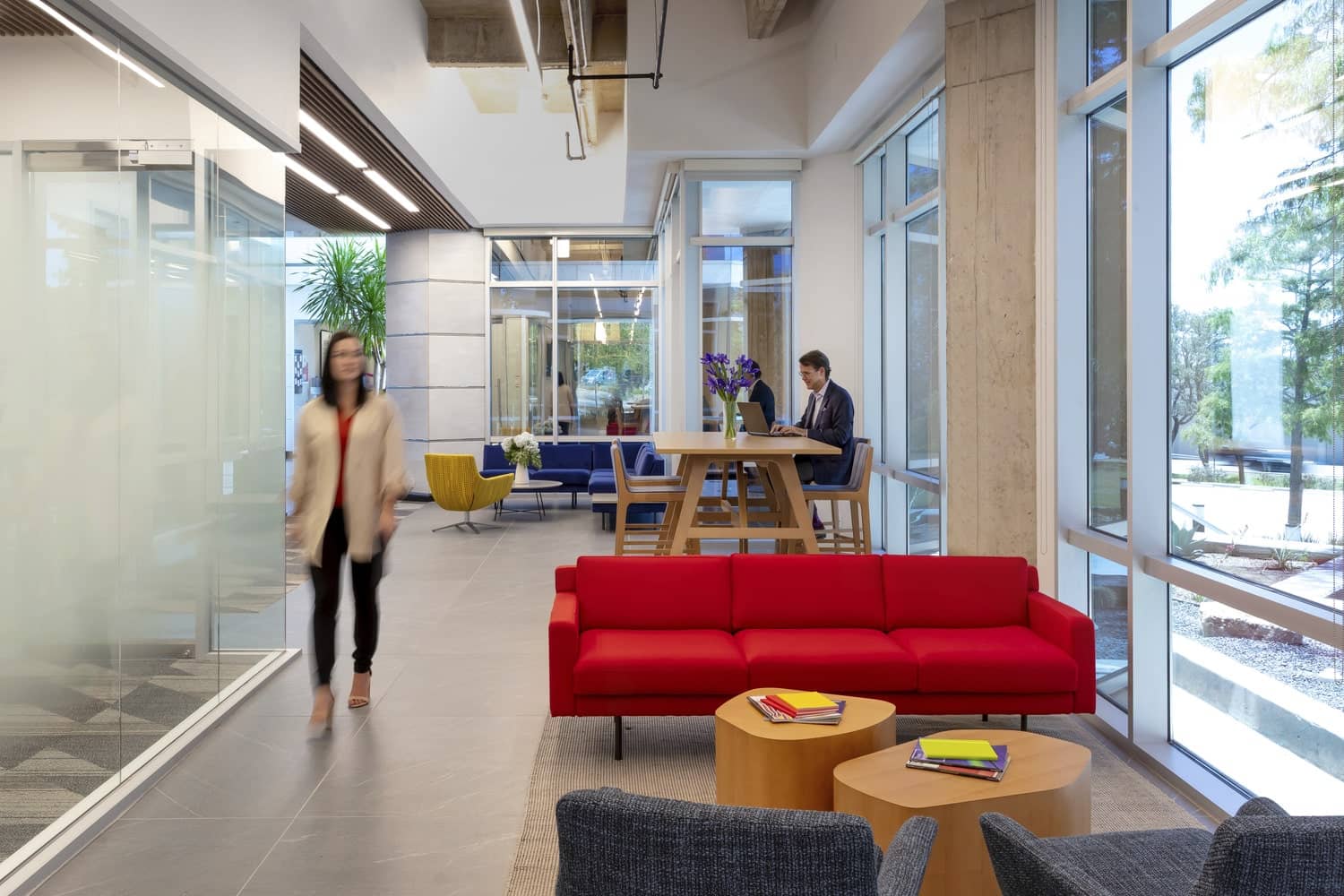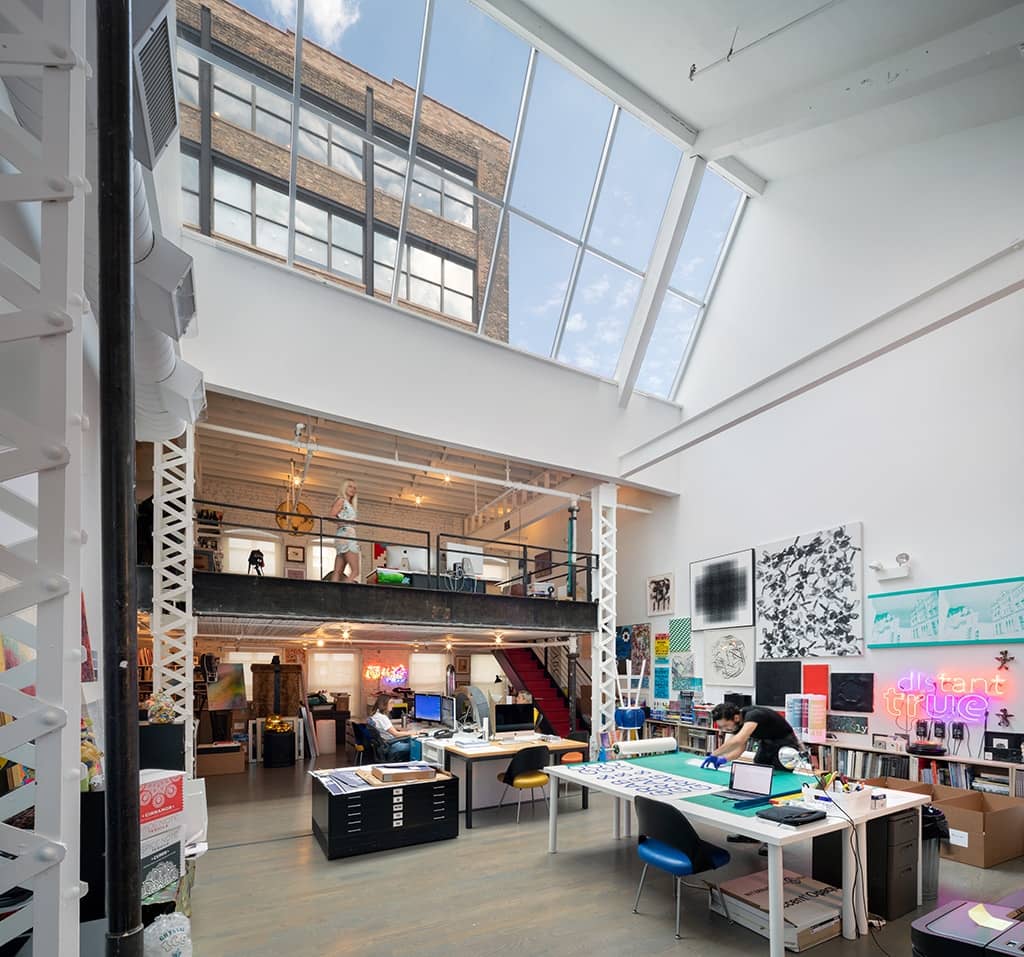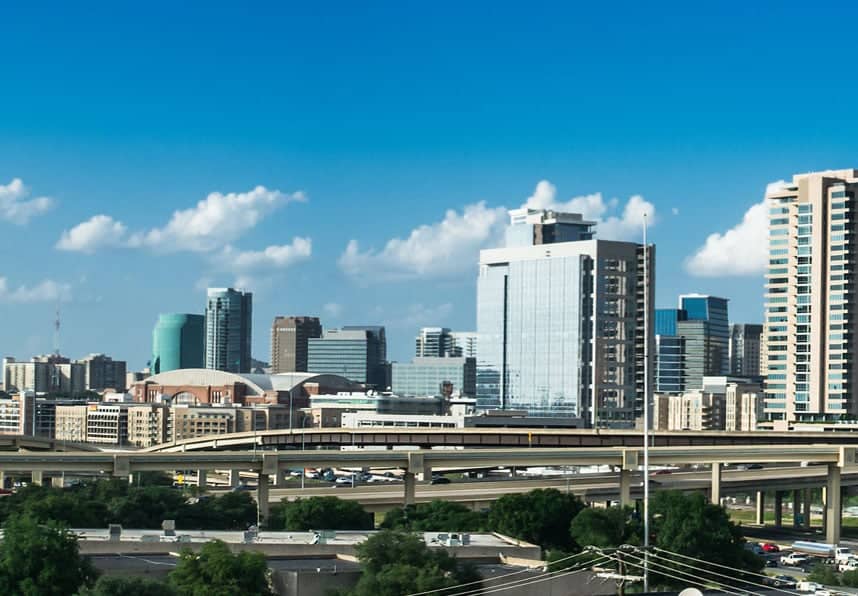That’s right, 38 million people left their jobs in 2021. But government data shows that hires totaled 75.3 million, yielding 6.4 million in positive net employment for the year — not too bad for a pandemic.
The cause of the Great Resignation is multi-faceted, with “quality-of-life” decisions as part of the mix. Household wealth, for instance, increased 19.3% year-over-year thanks to a robust stock market and home values that soared 20% in just one year. Buoyed by their new riches, many — particularly those within retirement age — exited the workforce. As of the third quarter of 2021, 50.3% of this age group left the job market, up from 48.1% the year prior. Scores of workers also resigned from their positions for better opportunities, wages, and benefits. Some have aptly dubbed this the “Great Renegotiation.”
Data also points to more women abandoning their careers — 3.73% compared to 3.1% of men — and taking on more at-home caregiver roles, as well as to a surge in self-employment that now stands at 7.6% above pre-pandemic levels. Job burnout/dissatisfaction and investing in personal health and wellbeing have also been noted as contributors to the changing labor market.
The commercial real estate (CRE) industry is a contradiction in the tale of the “Great Resignation.” On one hand, there’s a 10.9 million employment void in the U.S. that impacts every industry to some degree. The CRE industry, for instance, has been impacted by labor shortages in market sectors such as industrial development, construction and property management. On the other hand, while companies desperately need people, they also need a place to do business.
Industrial
The industrial sector is the reigning champion, absorbing nearly 700 million square feet since the pandemic and touting historically high rents and all-time low vacancies. Recently, the space was ranked the leader in job growth in 30% of the U.S., which points to manpower as a leading momentum driver. This should translate into continued demand for space in the foreseeable future, and CRE outfits should benefit tremendously. In fact, The Royal Institution of Chartered Surveyors (RICS) predicts the value of industrial assets will rise by 10% in 2022.
Retail
Retail has also shown impressive resilience and has outperformed the broader labor market. The sector’s employment rate is only 1.7% below pre-COVID-19 peak levels, compared to 3.5% of all jobs. Looking ahead, the summer months should see labor increases in performing arts, amusement parks, food and beverage and other entertainment with long-term growth potential. The Bureau of Labor and Statistics point to amusement and recreation attendants, actors, entertainment workers, bartenders, ushers, lobby attendants, and ticket takers as some of the fastest growing occupations in coming years. Overall retail real estate performance will be a bit of a moving target, and operators need to bring creativity and flexibility to the table to adequately react to changes in consumer behavior and merchant staffing needs.
Office
The greater office market is tightly connected to the pandemic — but maybe not nearly as much to the “Great Resignation” as expected, according to McKinsey & Company. This is because most companies and tenants have already made necessary changes to their physical office needs earlier in the pandemic. Office vacancies inched down nearly 3% year-over-year in 2021, while more than 75% of leases signed last year were longer term with 25% exceeding 10 year contracts. This suggests that employers may be confident in a staffing resurgence and are holding on to their existing suites in anticipation.
Tech is the most likey sector to lead the way in new office lease agreements. According to CBRE, in 2021 tech companies completed 13.8 million sq. ft. in new large-block transactions, 53% more than the 9.1 million sq. ft. leased in 2020.
Multifamily
Historically considered a high-turnover sector, the multifamily job turnover rate averaged 30-50% pre-pandemic. In 2021, that number is suggested to be closer to 70%. But regardless of labor challenges, the multifamily sector was one of the top CRE performers in 2021, boasting an annual absorption record of 617,500 units — a 238% leap from 2020. National vacancy fell to a record-low 2.5% while rents increased by 13.4%. As a result, operators enjoyed a 12.5% increase in property values.
Development
When it comes to employment, one the greatest CRE pain points has been development. By November 2021, the construction industry as a whole had a labor shortfall of 115,000 (1 million jobs were regained since April 2020). The problem? Construction companies state lack of experience or “newly unemployed individuals from other industries rarely consider construction as a career move.” The multifamily sector for example, already faces a shortage in available units and needs 740,000 new workers each year to keep pace with current demand.
The good news is development is strong — so much so that some experts say the construction industry as a whole is leading the U.S. economic recovery. Specifically, manufacturing, commercial, and health care according to the NAIOP. This trend should continue throughout 2022. Also look for construction companies to up the ante in terms of wages and benefits to attract workers and keep up with CRE project demands. But new issues could be forthcoming starting in 2023 with the implementation of President Joe Biden’s $1.2 trillion Infrastructure Investment and Jobs Act (IIJA) that will exacerbate the labor supply and demand imbalance.
Opportunity for Commercial Real Estate
Anecdotal research suggest today’s working professionals are less compensation-focused and more experience-focused. Companies are faced with the monumental task of redefining their workplace culture and work habits to attract and retain employees. CRE has an opportunity to become part of this bigger experience by helping tenants create a unique work environment that encourages a balanced live, work, play lifestyle. This may include access to more amenities, creating more open and green space, or designing creative workplaces. By taking these measures, CRE operators are more likely to keep tenants on their rent roll.
The Bottom Line
The core of CRE depends on the viability of other companies. And while millions of people have stepped away from their jobs, the number of people employed in overall CRE assets increased 0.7% on average between 2017 and 2022, and the industry ranks sixth in U.S. by employment volume. Furthermore, CRE appears to be minimally affected by the job losses experienced in other industries. While development may be the only caveat that will prove to be biggest challenge Looking ahead, we expect the undercurrent of demand and solid fundamentals to keep the overall CRE employment base relatively stable.
Stay up to date on industry trends, news, and conversations at kbs.com/insights, or click here.




